✅ JIESTAR 59008 Steam Locomotive
✅A steam locomotive is a type of railway locomotive that uses steam as its primary source of power for generating mechanical motion. Steam locomotives played a significant role in the history of rail transportation, especially during the 19th and early 20th centuries, before the widespread adoption of diesel and electric locomotives.
🚫 IMPORTANT!
Product Name: Steam Locomotive
Category: Technic
This Kit Contains: JIESTAR 59008
676 pcs Good Quality Bricks
Size: 40 × 16 × 18 cm
Manual Instructions
📌Nature of the protagonist
Introducing our proud collection named “Steam Locomotive” you should not miss.
Steam locomotives use water and fuel, often coal or wood, to produce steam. The steam is generated in a boiler and is used to create pressure that drives a piston or turbine, generating mechanical motion. The mechanical motion generated by the steam engine is transferred to the locomotive’s wheels through a series of linkages and rods. This converts the linear motion of the pistons into rotational motion of the wheels. Steam locomotives typically have a set of large driving wheels that provide traction and propel the locomotive forward. These wheels are powered by the steam engine’s pistons.
✅A steam locomotive is a type of railway locomotive that uses steam as its primary source of power for generating mechanical motion. Steam locomotives played a significant role in the history of rail transportation, especially during the 19th and early 20th centuries, before the widespread adoption of diesel and electric locomotives.
🚫 IMPORTANT!
Product Name: Steam Locomotive
Category: Technic
This Kit Contains: JIESTAR 59008
676 pcs Good Quality Bricks
Size: 40 × 16 × 18 cm
Manual Instructions
📌Nature of the protagonist
Introducing our proud collection named “Steam Locomotive” you should not miss.
Steam locomotives use water and fuel, often coal or wood, to produce steam. The steam is generated in a boiler and is used to create pressure that drives a piston or turbine, generating mechanical motion. The mechanical motion generated by the steam engine is transferred to the locomotive’s wheels through a series of linkages and rods. This converts the linear motion of the pistons into rotational motion of the wheels. Steam locomotives typically have a set of large driving wheels that provide traction and propel the locomotive forward. These wheels are powered by the steam engine’s pistons.
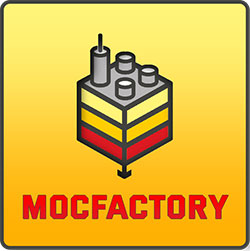


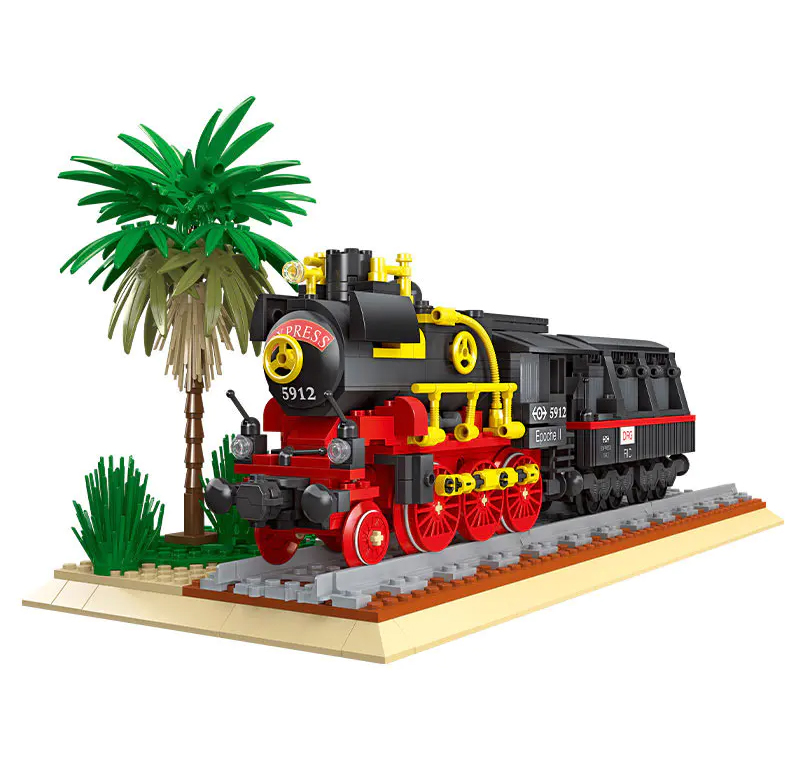
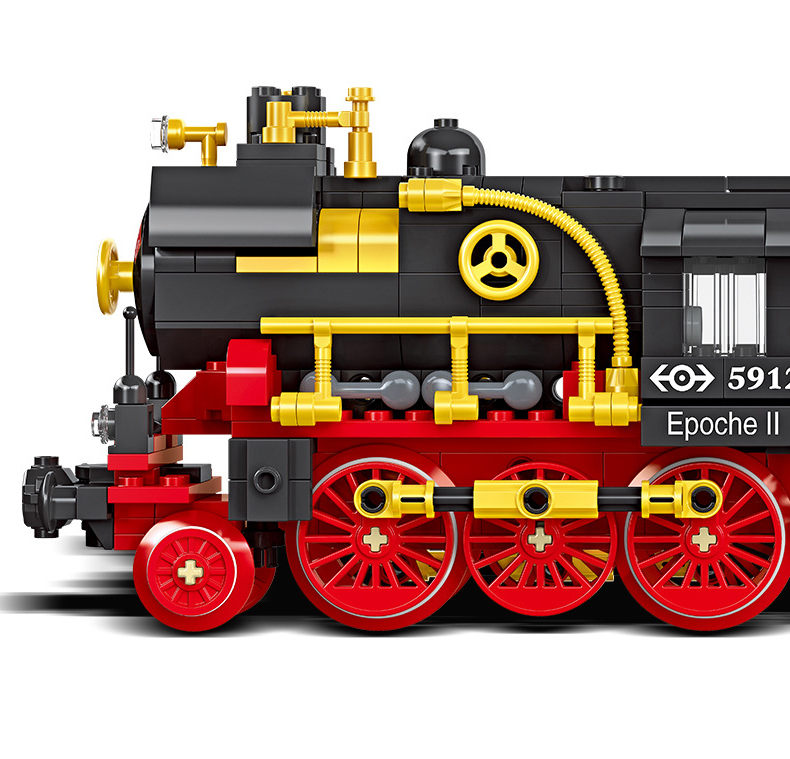
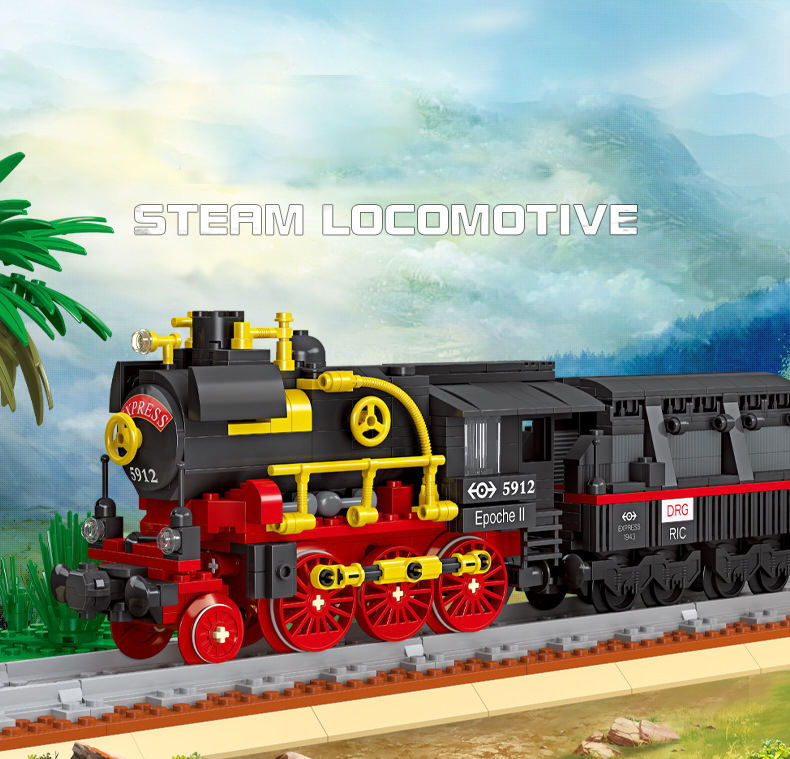
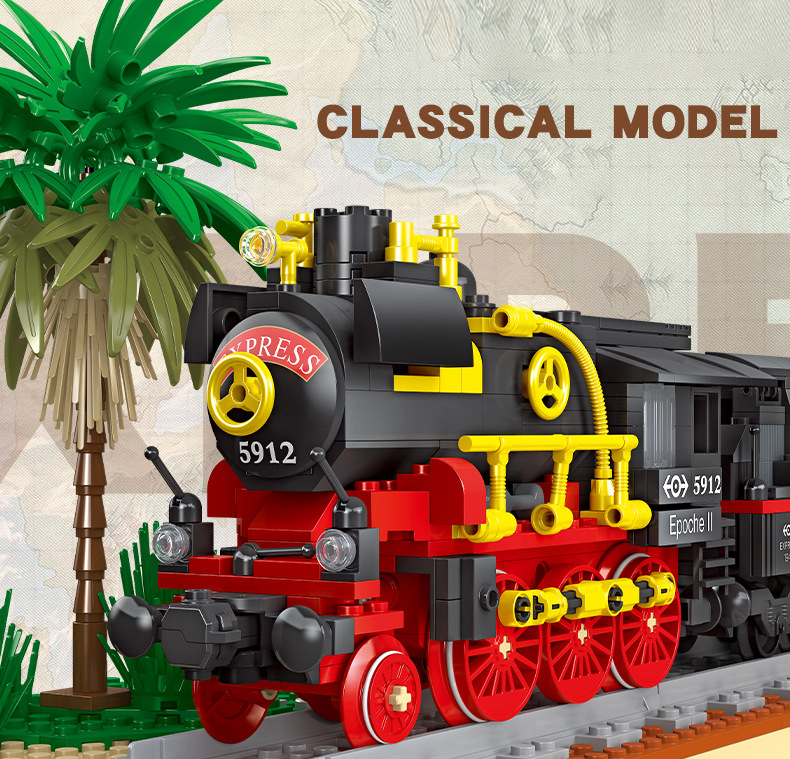

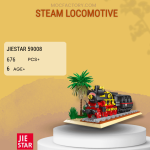
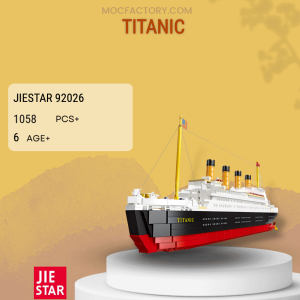
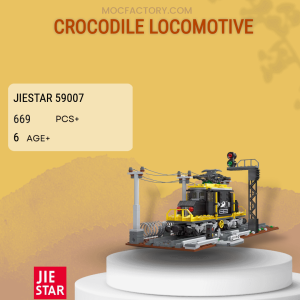




Reviews
There are no reviews yet.